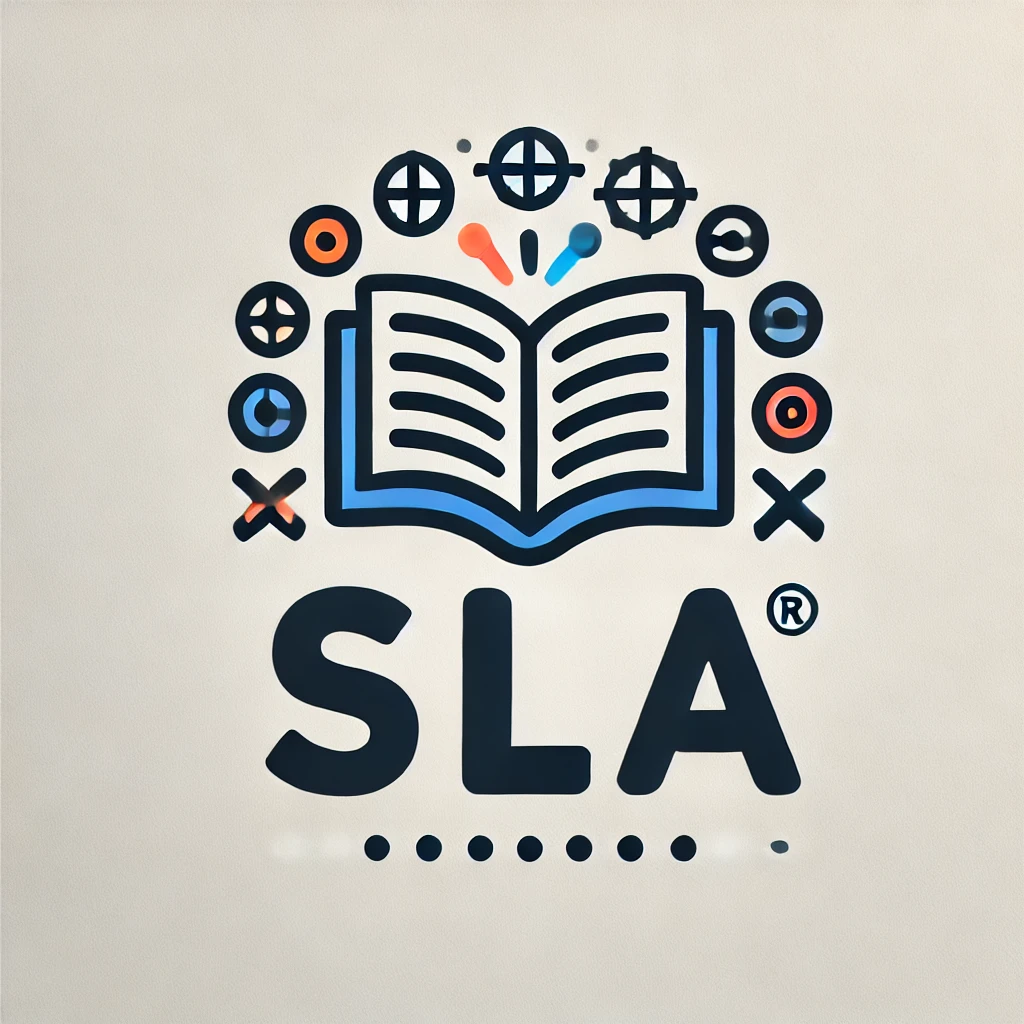How Does The Comprehensible Input Hypothesis Support Language Learning?
Have you ever wondered how the comprehensible input hypothesis supports language learning? Understanding this concept can provide valuable insights into the most effective ways to acquire a new language. Let’s explore how this theory can help you on your journey to becoming multilingual.

This image is property of images.pexels.com.
What is the Comprehensible Input Hypothesis?
The comprehensible input hypothesis, proposed by linguist Stephen Krashen, suggests that language acquisition occurs when learners are exposed to input that is just slightly above their current level of understanding. This means that learners should be presented with language that they can comprehend, even if it includes some unfamiliar words or structures. In essence, the idea is that people learn best when they are challenged just enough to push them to the next level of proficiency.
Making Sense of Input
When you are exposed to language that is comprehensible to you, it allows you to make sense of the input and connect it to your existing knowledge. This process of understanding new information in the context of what you already know is essential for language acquisition. It helps you to build on your existing language skills and expand your vocabulary and grammar knowledge gradually.
Why is Comprehensible Input Important for Language Learning?
Now that you understand the basics of the comprehensible input hypothesis, let’s delve into why this concept is crucial for language learning success.
Fostering Language Acquisition
By providing learners with input that is just beyond their current understanding, the comprehensible input hypothesis creates an optimal environment for language acquisition. This approach challenges learners to engage with the language in a meaningful way, leading to deeper comprehension and retention of linguistic structures and vocabulary.
Encouraging Active Participation
When learners are exposed to language that they can comprehend, it encourages them to actively participate in the learning process. Instead of feeling overwhelmed by unfamiliar words and structures, learners are more likely to engage with the material, ask questions, and seek out clarification. This active participation is essential for retaining information and applying it in practical language situations.
How Can You Apply the Comprehensible Input Hypothesis to Your Language Learning?
Now that you understand the importance of the comprehensible input hypothesis, you may be wondering how you can apply this concept to your own language learning journey. Here are some practical tips to help you incorporate this theory into your study routine.
1. Choose Material at Your Level
When selecting language learning material, try to choose resources that are just slightly above your current level of understanding. This will provide you with a challenge while still allowing you to comprehend the majority of the content. Look for resources such as graded readers, language textbooks, and online articles that are designed for learners at your proficiency level.
2. Contextualize New Vocabulary
To make new vocabulary more comprehensible, try to learn words and phrases in context. Instead of memorizing isolated words, focus on understanding how they are used in sentences and conversations. This will help you make connections between new vocabulary and your existing knowledge, making the language more accessible and memorable.
3. Practice Active Listening
Engage in active listening activities to expose yourself to comprehensible input in a natural setting. Listen to podcasts, watch movies or TV shows, and participate in conversations with native speakers. Pay attention to the context and structure of the language to enhance your understanding and improve your listening skills over time.
Common Misconceptions about the Comprehensible Input Hypothesis
As with any theory, there are often misconceptions and misunderstandings surrounding the comprehensible input hypothesis. Let’s address some common myths and misconceptions to ensure that you have a clear understanding of this concept.
Myth 1: Comprehensible Input Means Complete Understanding
One common misconception is that comprehensible input requires complete understanding of the language input. In reality, learners do not need to grasp every single word or structure to benefit from comprehensible input. As long as learners can understand the main message and make connections to their existing knowledge, they are likely to acquire language effectively.
Myth 2: Comprehensible Input Limits Exposure to Unknown Language
Another misconception is that comprehensible input avoids exposure to unknown language elements altogether. While the focus is on presenting language that learners can comprehend, it is also beneficial for learners to encounter some unfamiliar words and structures. This exposure encourages learners to expand their language skills and develop strategies for dealing with unknown language elements.
Myth 3: Comprehensible Input Is Only for Beginners
Some people believe that the comprehensible input hypothesis is only relevant for beginner language learners. However, this theory is applicable at all proficiency levels. Whether you are a beginner, intermediate, or advanced learner, incorporating comprehensible input into your language study can enhance your learning experience and contribute to your overall linguistic development.

This image is property of images.pexels.com.
Practical Steps for Implementing the Comprehensible Input Hypothesis
To maximize the benefits of the comprehensible input hypothesis in your language learning journey, consider incorporating the following practical steps into your study routine.
1. Create a Language Learning Environment
Establish a language learning environment that exposes you to comprehensible input on a regular basis. Surround yourself with language resources, such as books, podcasts, and online content, that are tailored to your proficiency level. This immersive environment will help you internalize the language and improve your skills through consistent exposure to comprehensible input.
2. Engage with Native Speakers
Interacting with native speakers is an excellent way to receive comprehensible input in a natural language setting. Whether through language exchange programs, conversation clubs, or online platforms, seek out opportunities to engage with speakers of the language you are learning. Practice listening, speaking, and understanding the language in real-life contexts to reinforce your comprehension and communication skills.
3. Reflect on Your Learning Progress
Regularly reflect on your language learning progress and assess how effectively you are receiving and processing comprehensible input. Evaluate your current language level, identify areas for improvement, and adjust your study methods as needed. By monitoring your progress and adapting your approach, you can optimize your use of the comprehensible input hypothesis and accelerate your language learning journey.
Conclusion
In conclusion, the comprehensible input hypothesis offers valuable insights into effective language learning strategies. By providing learners with input that is just beyond their current level of understanding, this theory fosters language acquisition, encourages active participation, and enhances overall language proficiency. By applying the principles of the comprehensible input hypothesis to your language learning routine, you can create an optimal learning environment that supports your linguistic development and helps you achieve fluency in a new language. Embrace the power of comprehensible input and watch your language skills soar to new heights!

This image is property of images.pexels.com.

